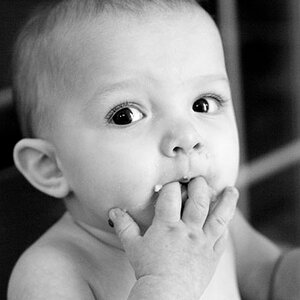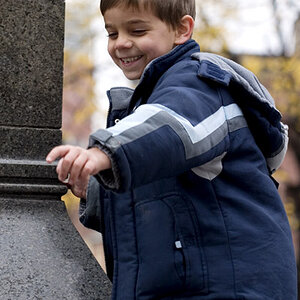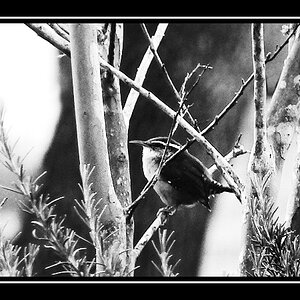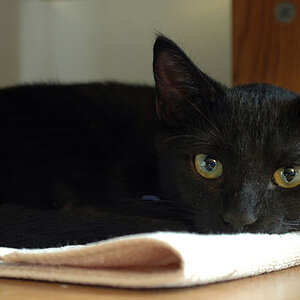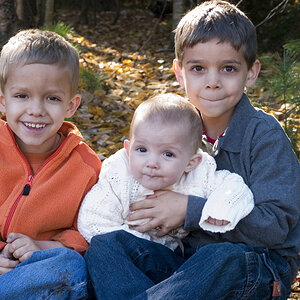mysteryscribe
TPF Noob!
- Joined
- Feb 1, 2006
- Messages
- 6,071
- Reaction score
- 3
- Location
- in the middle of north carolina
- Website
- retrophotoservice.2ya.com
- Can others edit my Photos
- Photos OK to edit
Gee this really is my last post here but I couldn't pass this up.... or as that great philosopher Kenny Rogers said, You gots to know when to holdem and know when to foldem... now I promise no more...





